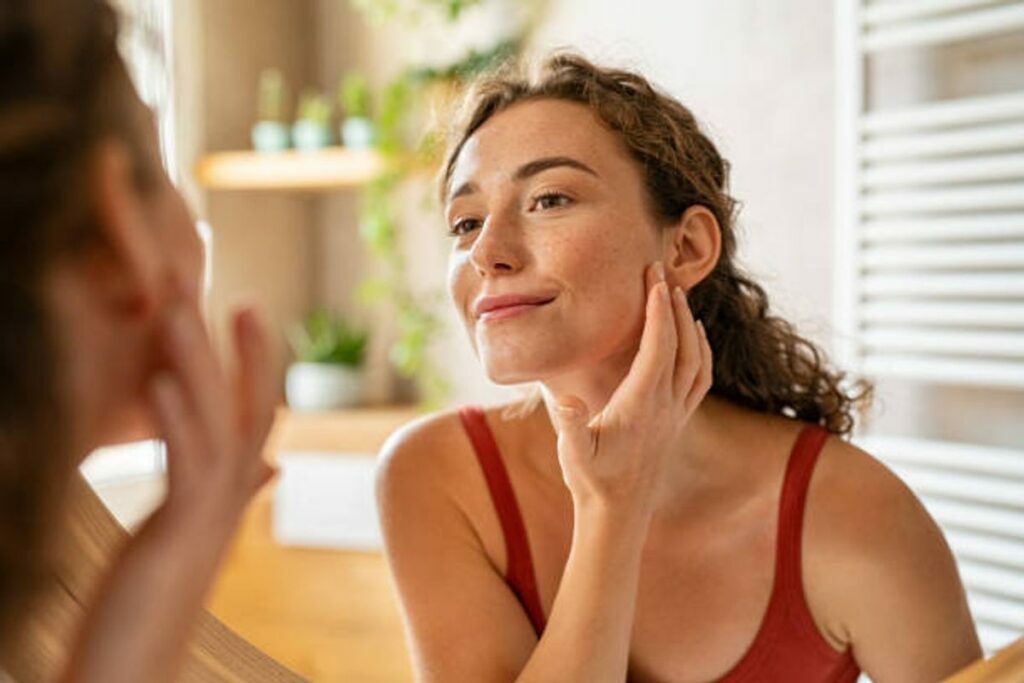Melanocytes are the special melanin-producing cells in your body. Melanin is the pigment that produces pigmentation on your skin, specifically in the epidermis. When the integument makes too much of this molecule, it can lead to abnormal discolouration of the skin surface.
Hyperpigmentation results from skin trauma either caused by acne or too much sun exposure. It can also be due to hormones and genetics or any underlying medical condition such as Addison’s Disease.
Although usually harmless and relatively common, this skin condition is a concern for many individuals.
Fortunately, treatment options such as a skin lightening patch are available on the market today. These cosmetic products and services aim to keep your face and skin from dark spots and blemishes.
Skin patches do this by soothing the area of inflammation while simultaneously blocking more melanin production.
As more alternatives are becoming widely popular and innovative today, it is imperative to scrutinize every ingredient that you choose to put in your skin. Ahead are some of the common components that your next hyperpigmentation-fighting pimple patch must have:
Niacinamide
Nicotinamide is one of the basic forms of water-soluble Vitamin B3. It is available in many over-the-counter (OTC) forms, such as serums. Moreover, they are your go-to solutions for inflammation.
This ingredient helps brighten your skin by focusing on pimples and the redness they cause. In addition, it calms the irritation your skin is currently enduring while supporting the cutis.
Niacinamide protects the skin barrier by hydrating the surface while doing its job. Unfortunately, other ingredients might reduce inflammation, but they also dry up the skin. So it can eventually lead to bigger problems that, thankfully, some brands offering a skin lightening patch containing nicotinamide don’t.
Arbutin
It would be wise to thank the leaves of the bearberry shrub species for this skin-brightening ingredient. It helps to brighten your complexion due to its extracted tyrosinase inhibitor, glycosylated hydroquinone.
This inhibitor blocks melanin production by hindering its amino acid precursor, tyrosine, from synthesis. As a result, melanocytes can’t cause more discolouration without their starting ingredient. So it’s safe to say that you’ll have fewer chances of developing more dark spots.
In addition, it is said that arbutin’s most active component is gradually released compared to other harsher ingredients. Thus, they appear to be gentler on the skin and are even considered safe for all skin types.
It can even be topically applied twice daily on your skin without worrying about any irritation.
Tranexamic Acid
This synthetic lysine derivative was historically used to prevent blood loss from injury and even surgery. It was even prescribed to relieve menstrual women with hereditary disorders from excessive blood loss in the early 60s.
Fortuitously, a physician discovered tranexamic acid to be effective against skin discoloration in the early 80s. Since then, companies have developed numerous skin products to dissolve dark spots while also preventing the emergence of acne scars.
Manufacturers have wisely added this ingredient to cosmetic products to slow melanin synthesis. Moreover, by keeping its original purpose in mind, their products have also been advertised with anti-inflammatory promises.
Licorice Root Extract
This licorice plant extract is a great natural source of skin-healing ingredients. In addition, the organism has been popularly used as an antioxidant and anti-inflammatory agent.
The licorice root extract is now used to combat excess melanin production for medicinal purposes. It naturally inhibits melanin’s precursor, tyrosinase, while also helping in limiting oil production in the face.
Read Also: Eyelash extensions nyc, False Eyelashes Or Expanding Your Own Eyelashes Naturally!



